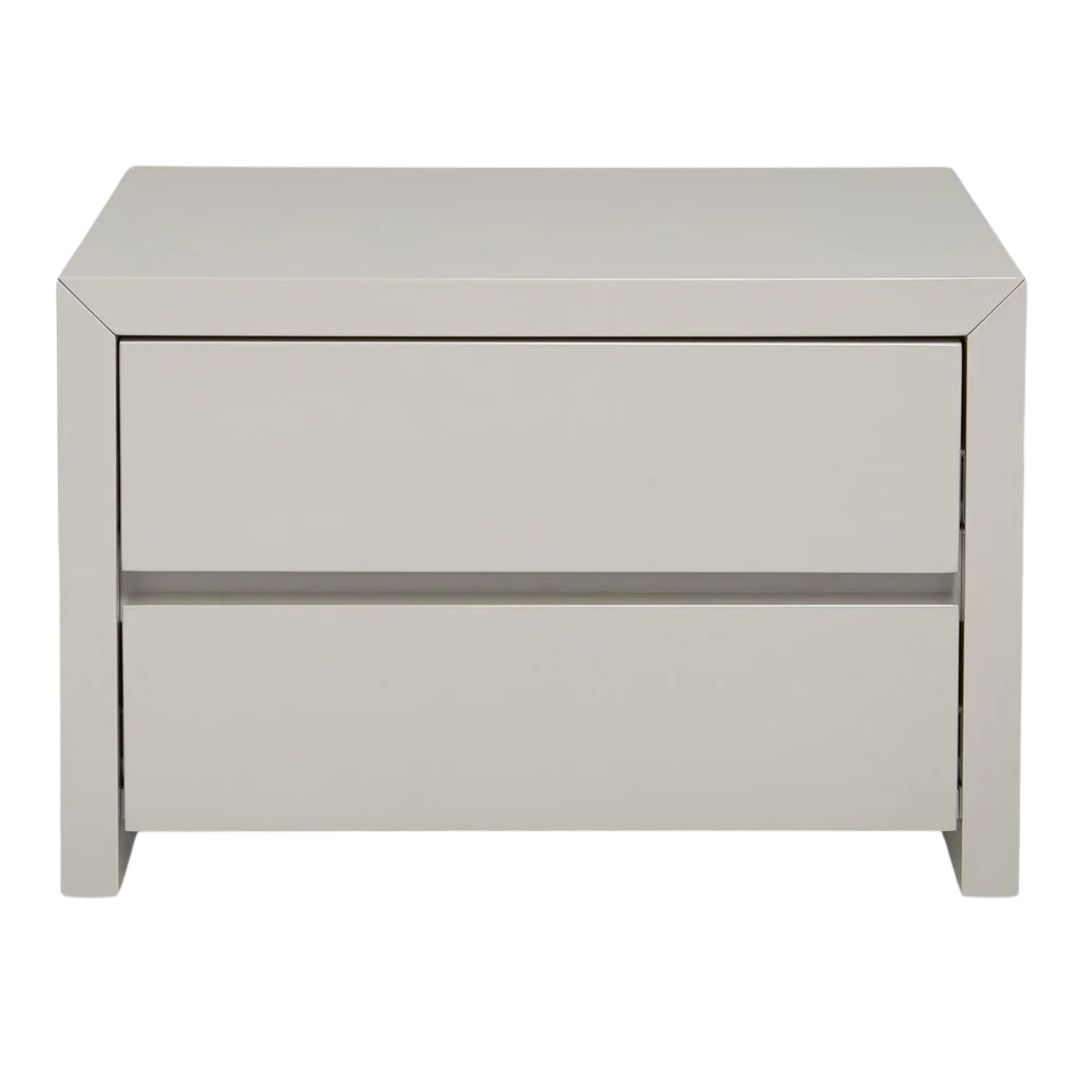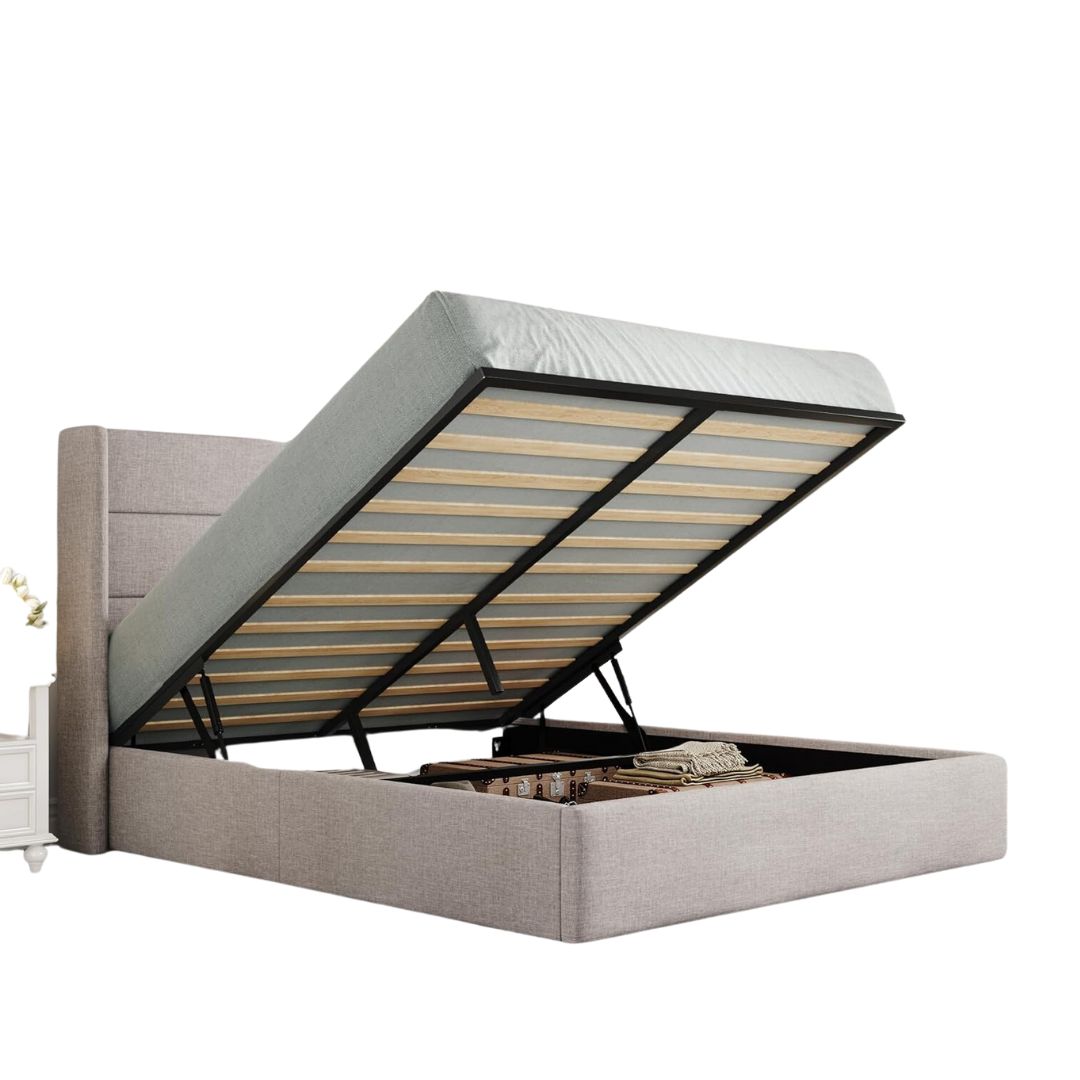5 Small Bedroom Layout Mistakes You Might Not Know You're Making
...and now I know exactly how to arrange furniture, storage and lighting in my small bedroom's layout
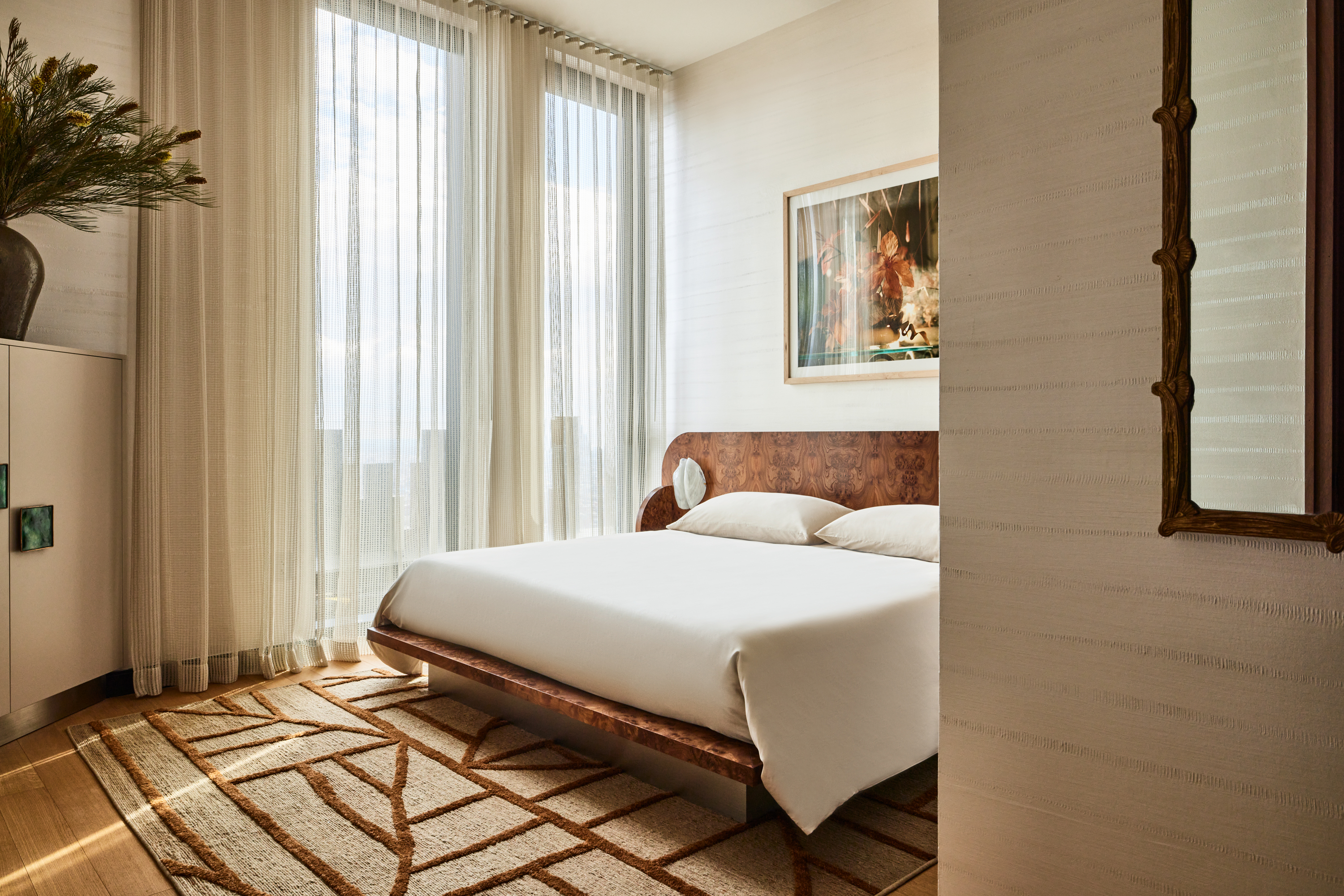

More often than not, we all make the same mistakes when laying out a small room, and it's because these spaces are actually difficult to decorate. Too much furniture or too many oversized pieces can make this room feel cramped, but the use of the right elements in the right proportions can open it up to comfort, light, and a feeling of coziness. It's all about striking a balance.
To help you layout a small bedroom in the best possible way, I decided to take a look, first, at all the common mistakes you're probably making. The designers I asked pointed out the errors people make while arranging the small bedroom and offered their solutions. Are you guilty of any of these mistakes?
1. Selecting furniture without storage
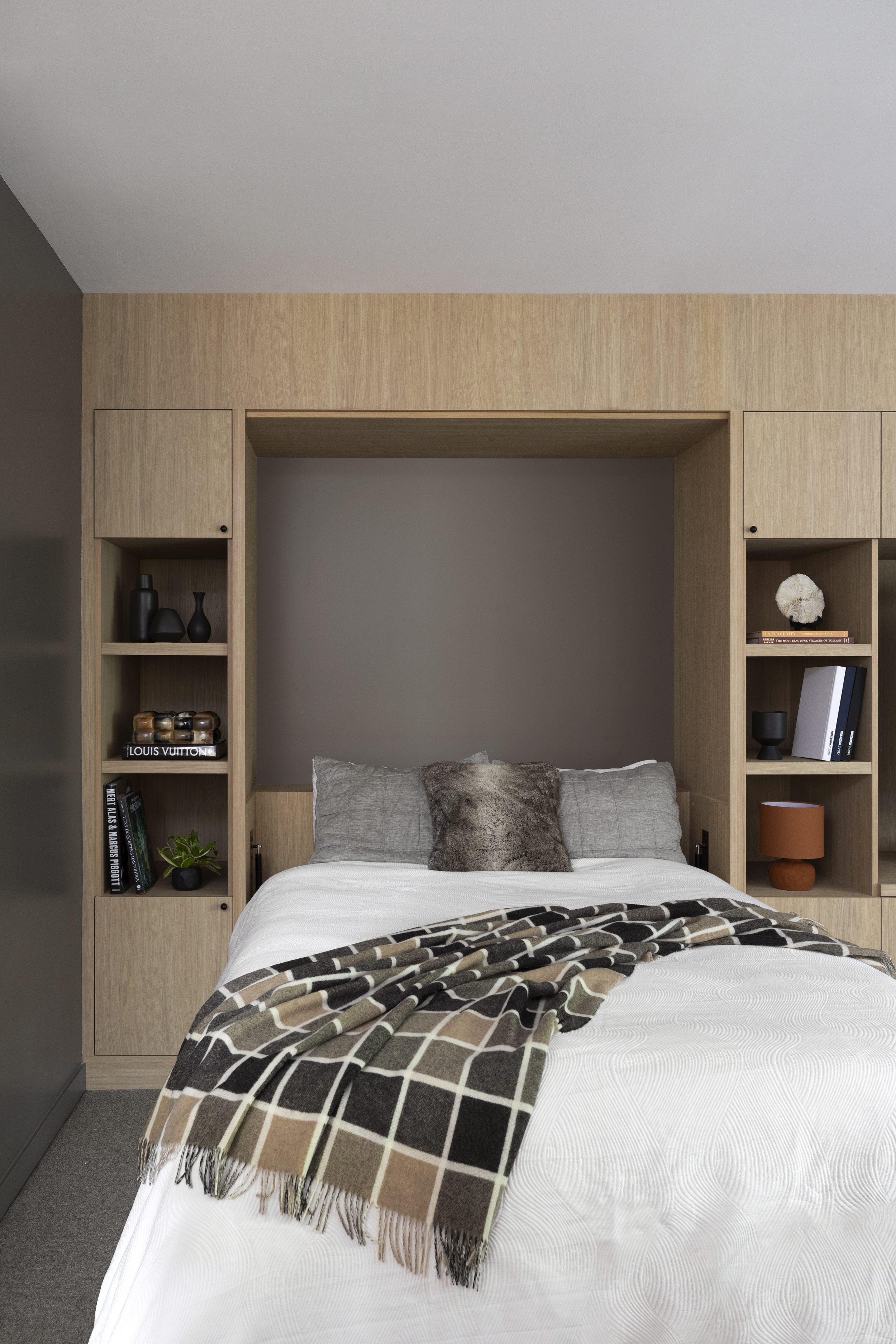
The secret recipe to designing the most modern small bedroom is choosing pieces that look smart yet offer more functionality than one. In a room where every square inch matters, consider a bed that offers storage solutions — be it a drawer under the bed or a small nightstand. Even a Murphy bed can work in tiny spaces, with built-in storage around it. Here you can keep all the paraphernalia of the room, thereby reducing visual clutter.
'Most people selecting furniture for a small bedroom use furniture that doesn’t provide good storage,' says Jane Lockhart, founder of Jane Lockhart Design. 'Beds with drawers at the base eliminate the need for a dresser while keeping the bed tidy. Less furniture and more built-ins will help to keep the room feeling larger, maximizing any extra space.'
2. Overcrowding the room with oversized pieces
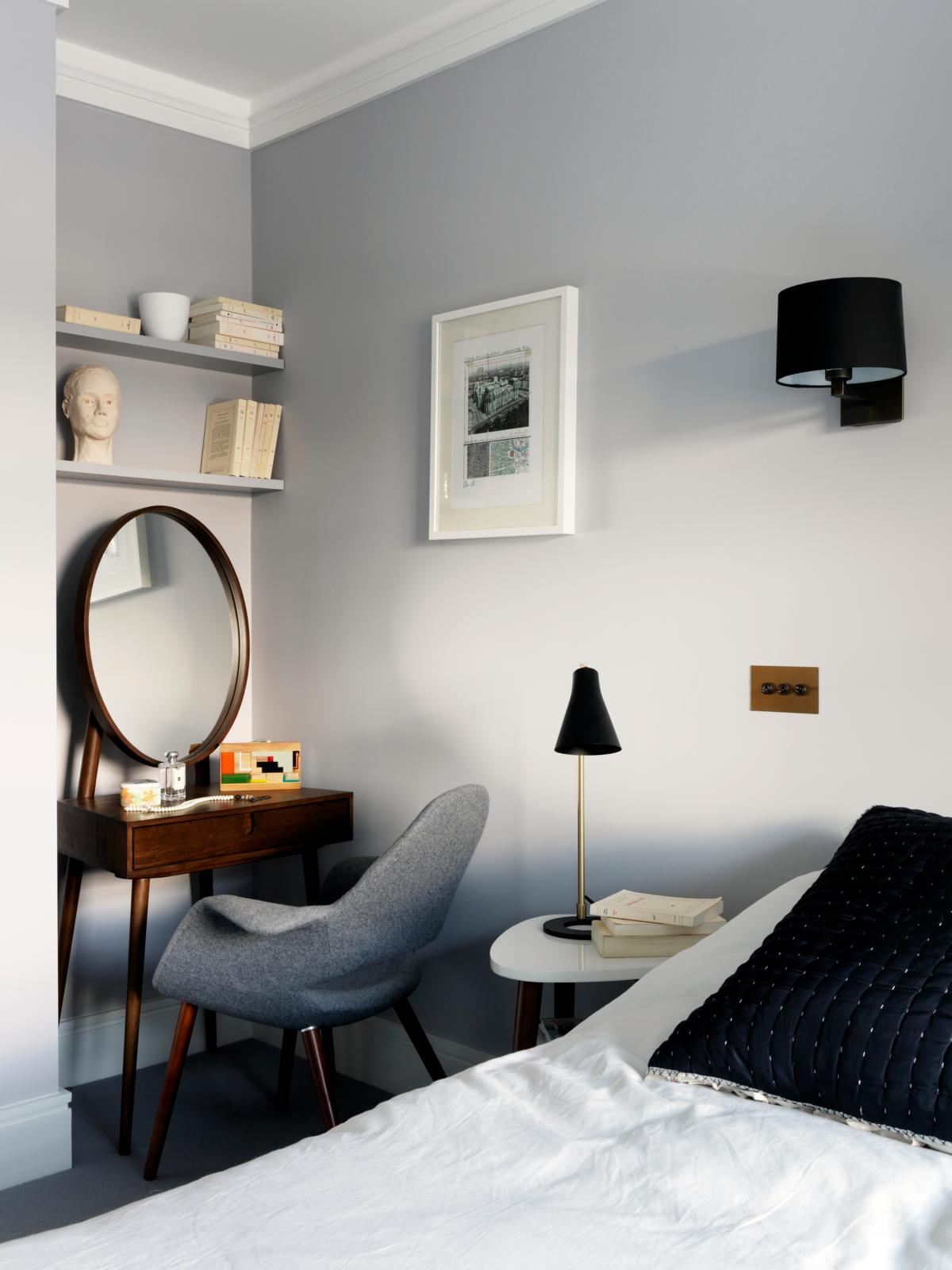
'When it comes to small spaces, it is critical to consider every dimension, and to draw out a detailed plan…even if it’s on graph paper,' says Ashley Macuga of Collected Interiors. 'Make sure to take into consideration circulation space, so that once everything is in the room, there is still room to move around freely without bumping into things.'
This can be done by ensuring that the room has a bed or storage that is to scale. A bed with a small, lean frame will also make the small bedroom look bigger.
'Oversized furniture can lead to issues like door swings getting in the way,' says Ashley. 'There is nothing worse than getting new furniture only to discover that every time the closet door swings open it slams onto your bed or scrapes against a nightstand.'
3. Not considering wall-mounted lights
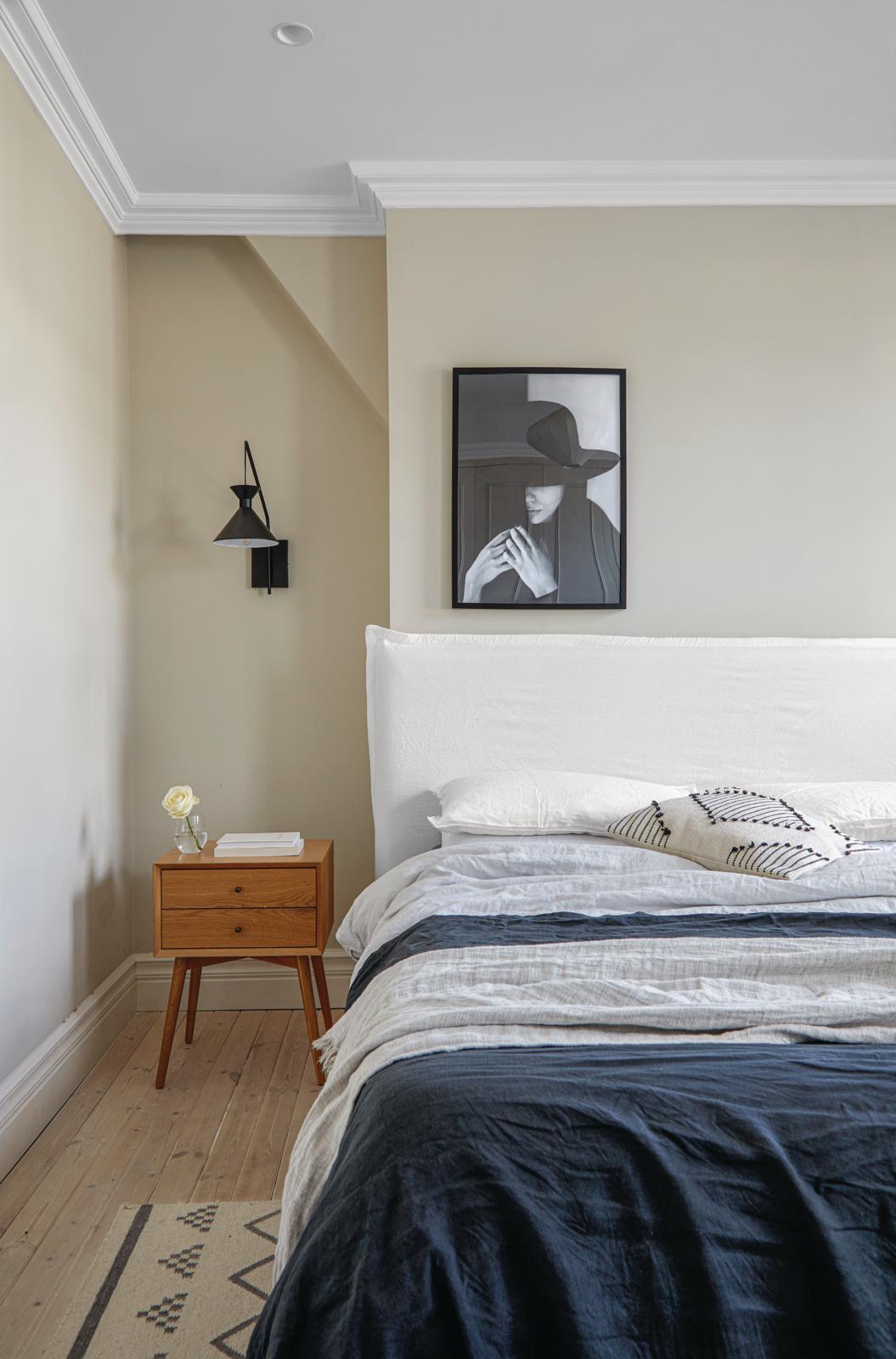
Implementing the right small bedroom lighting is essential because too many lights can make this small space feel overly bright and uncomfortable. And less fixtures can make it dingy.
'People tend to avoid adding adequate light within a small bedroom,' says Jane. 'Even though the space is small, you still need lighting for different functions within the room. It’s good to have a bright overhead light for cleaning and packing tasks. It’s also useful to have a reading light in bed and a night light if you need it. Multiple lighting types serve different functions in the room.'
Also, when it comes to floor lamps or oversized pendants, are these ideal for a tiny room? Perhaps not.
'A big mistake is not considering the use of wall-mounted lighting,' says Ashley. 'Sconces are a great way to free up space on your nightstands, while also providing the perfect cozy ambient lighting at the end of a long day.'
4. Placing the bed against the wrong wall
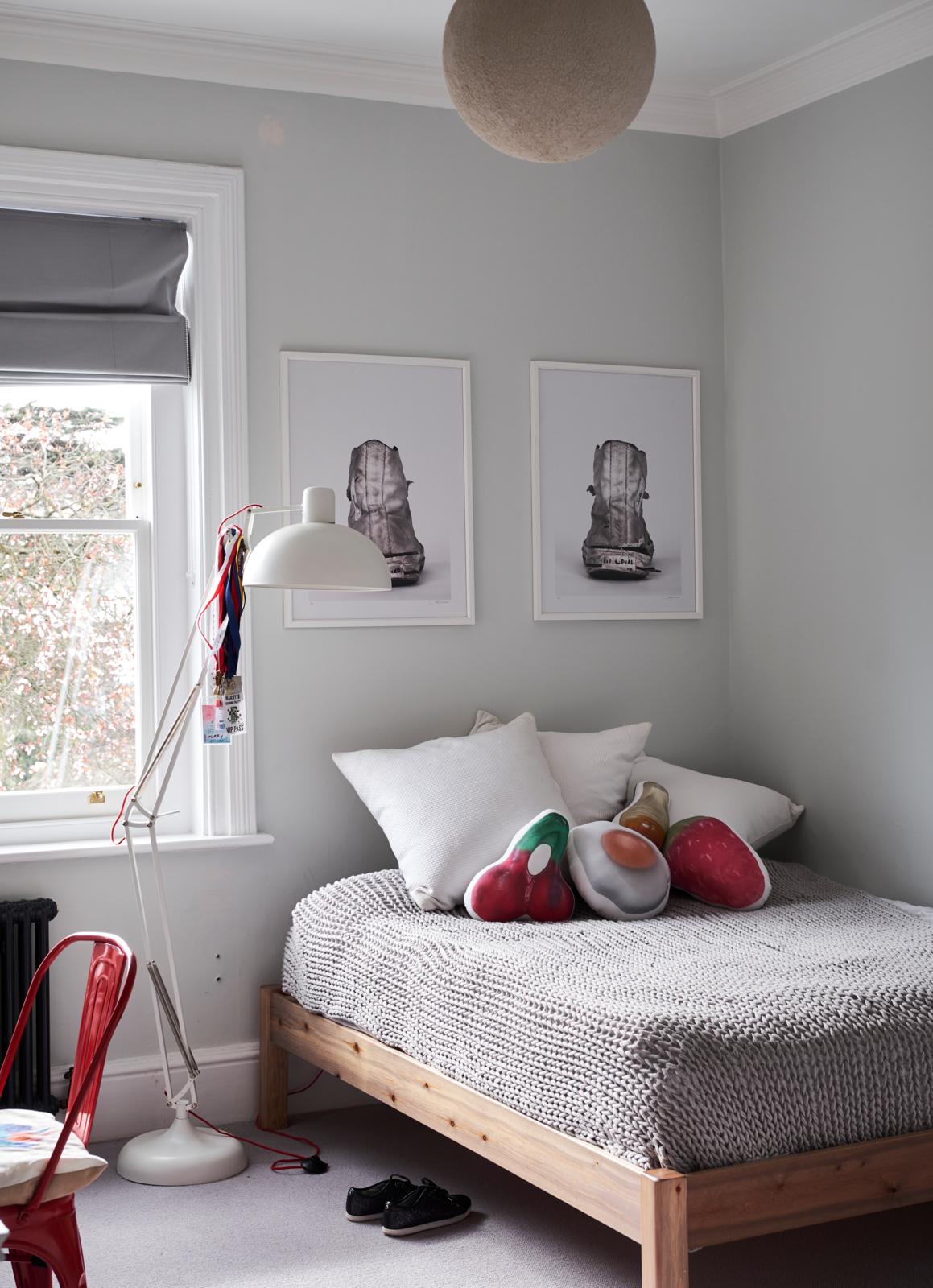
A small bedroom layout consideration is where to place the bed. And this requires some thought. Afterall, where the bed goes not only determines the look of the room but also affects the ciculation space.
'The number one mistake I see in a small bedroom is placing the bed against the longest wall—even if that means you walk right into the bed upon entry,' says Bethany Adams of Bethany Adams Interiors. 'It may sound counterintuitive, but putting the bed on a shorter wall, or even the wall with the windows will make the space feel much larger, as long as the bed is opposite the entry. The more circulation space, the bigger the room will feel.'
'To that end, be cautious about selecting storage furniture for a bedroom,' says Bethany. 'An end-of-the-bed storage bench may seem like a clever use of space, but in reality, you’re just overcrowding. Better to use a nightstand with extra storage or—ideally—a bed with hidden storage drawers or compartments for maximum storage with a minimum of visual disruption.'
5. Not maximizing on closet and nightstand storage
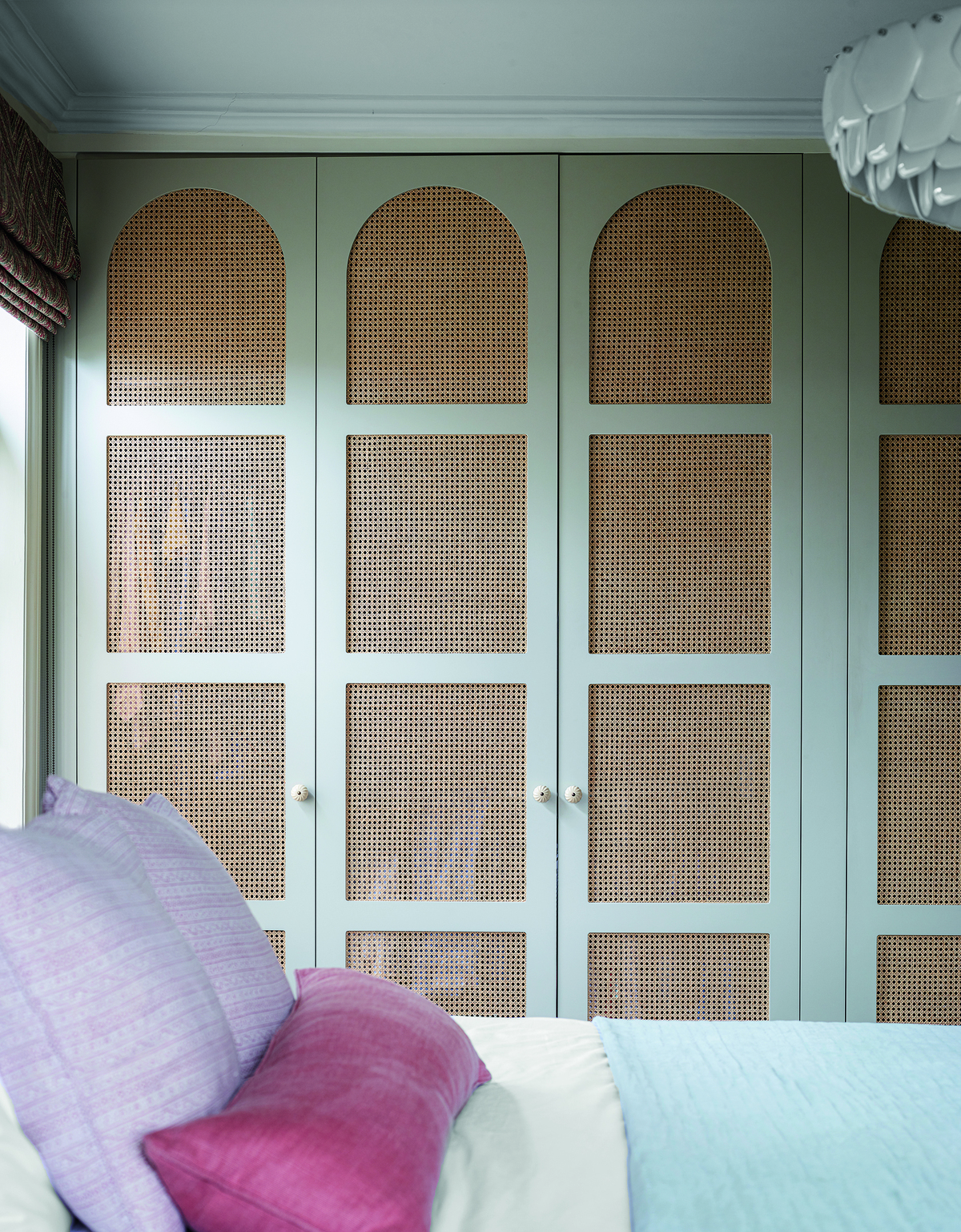
One of the most effective small bedroom storage ideas is to add more nooks and niches within the storage wardrobes and cabinets you already have. This will avert the need for more bulky items in the room and save floor space.
'When we start work on smaller spaces, the first thing we tackle is the closet,' says Ashley. 'If we can get the closet working at maximum capacity, then we can understand what additional furniture is truly needed. If we can add drawers in the closet, we might then forgo a dresser completely and opt for a cozy chair instead. '
'Also, not maximizing nightstand storage with drawers is a mistake,' says Ashley. 'When we are working in tight quarters, every ounce of storage counts, and nightstands are a great way to add storage capacity.'
'Make sure your nightstand is used as closed storage if possible,' says Jane. 'If not, and the room is too small, hang the nightstand on the wall instead as this also keeps the space open and airy.'
3 products for a small bedroom layout
Be The First To Know
The Livingetc newsletters are your inside source for what’s shaping interiors now - and what’s next. Discover trend forecasts, smart style ideas, and curated shopping inspiration that brings design to life. Subscribe today and stay ahead of the curve.

Aditi Sharma Maheshwari started her career at The Address (The Times of India), a tabloid on interiors and art. She wrote profiles of Indian artists, designers, and architects, and covered inspiring houses and commercial properties. After four years, she moved to ELLE DECOR as a senior features writer, where she contributed to the magazine and website, and also worked alongside the events team on India Design ID — the brand’s 10-day, annual design show. She wrote across topics: from designer interviews, and house tours, to new product launches, shopping pages, and reviews. After three years, she was hired as the senior editor at Houzz. The website content focused on practical advice on decorating the home and making design feel more approachable. She created fresh series on budget buys, design hacks, and DIYs, all backed with expert advice. Equipped with sizable knowledge of the industry and with a good network, she moved to Architectural Digest (Conde Nast) as the digital editor. The publication's focus was on high-end design, and her content highlighted A-listers, starchitects, and high-concept products, all customized for an audience that loves and invests in luxury. After a two-year stint, she moved to the UK and was hired at Livingetc as a design editor. She now freelances for a variety of interiors publications.
-
 The 'New British' Style? This Victorian London Home Embraces Its Owners' Global Background
The 'New British' Style? This Victorian London Home Embraces Its Owners' Global BackgroundWarm timber details, confident color pops, and an uninterrupted connection to the garden are the hallmarks of this relaxed yet design-forward family home
By Emma J Page
-
 Muji Living Room Ideas — 5 Ways to Harness The Calming Qualities of This Japanese Design Style
Muji Living Room Ideas — 5 Ways to Harness The Calming Qualities of This Japanese Design StyleInspired by Japanese "zen" principles, Muji living rooms are all about cultivating a calming, tranquil space that nourishes the soul
By Lilith Hudson

